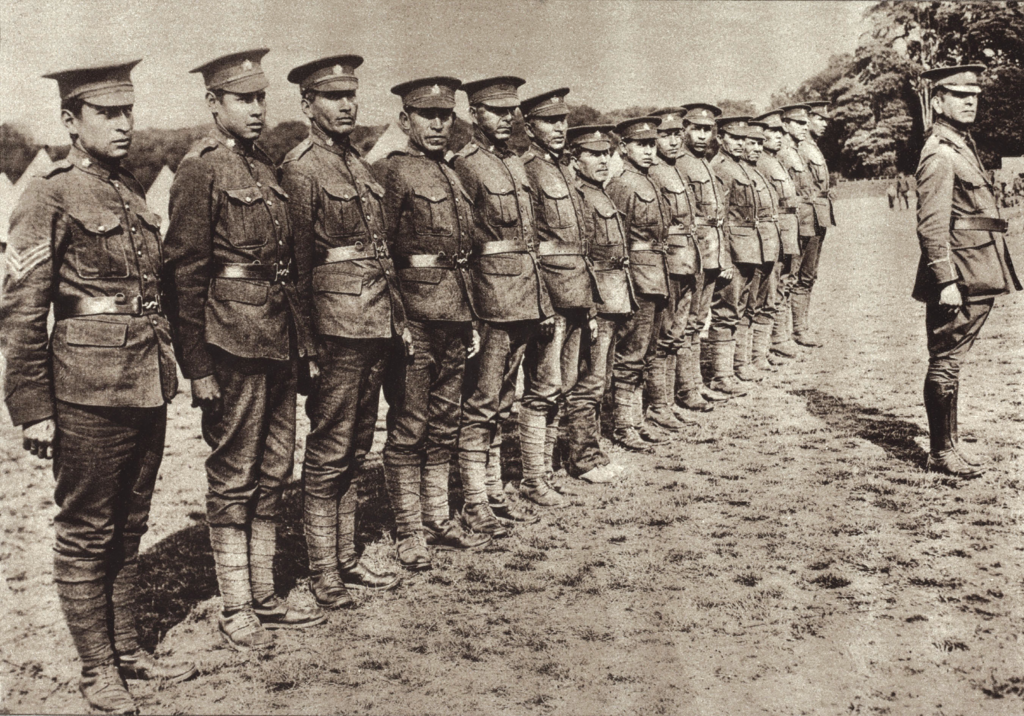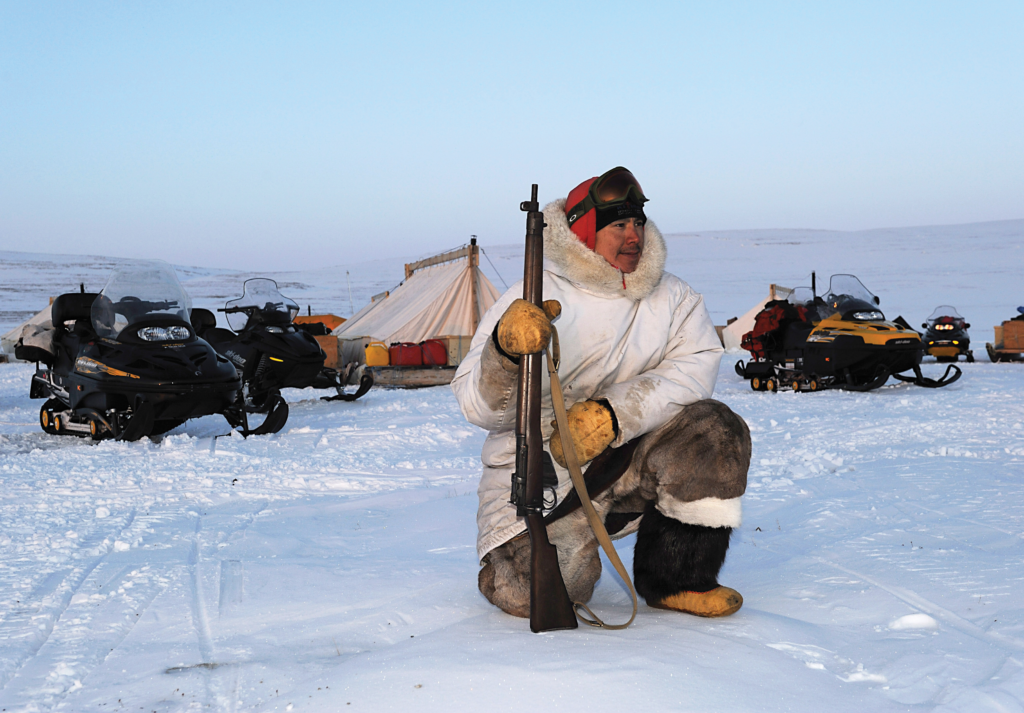It was unveiled on June 21, 2001, on National Indigenous Peoples Day, but the pandemic pushed the 20th anniversary ceremony to Sept. 21. The event was hosted by Aboriginal Veterans Autochtones and featured a speech by Governor General Mary May Simon, the first Indigenous person to hold the position.
After the world wars, the role played by Indigenous soldiers went largely overlooked.
“As governor general and commander-in-chief, I thank Indigenous veterans—all veterans—as well as active military members and everyone who has sacrificed for our country. As an Indigenous person, I’m proud of all we have accomplished, and I look to the future with great hope,” said Simon.
Indigenous soldiers, nurses and civilian support workers have contributed to war and peacekeeping efforts throughout Canadian history. To date, nearly 15,000 Indigenous people have been identified who served in the First World War and Second World War. More than 2,500 Indigenous Canadians serve in the military today.

National Aboriginal Veterans Day was established by the federal government on Nov. 8, 1994. The next year, for the first time, wreaths were placed at the National War Memorial to commemorate and honour Indigenous veterans.
The National Aboriginal Veterans Monument was designed by sculptor Lloyd Pinay of Saskatchewan’s Peepeekisis First Nation, son of a Second World War paratrooper.

Pinay wanted to express the role that Indigenous Peoples played in “defending the country and defending freedom,” says an article on the monument by David Joseph Gallant for The Canadian Encyclopedia.
Pinay designed the monument to embody values treasured by Indigenous Peoples.
Four warriors—two men and two women—represent the diversity of First Nations, Métis and Inuit peoples. Four animal spirit guides embody treasured qualities: the sharp senses of the elk, the tenacity of the buffalo, the healing power of the bear and the family values of the wolf. Atop the sculpture, an eagle with wide-spread wings represents the Creator, Thunderbird, and embodies the spirit of Indigenous Peoples.
Advertisement













